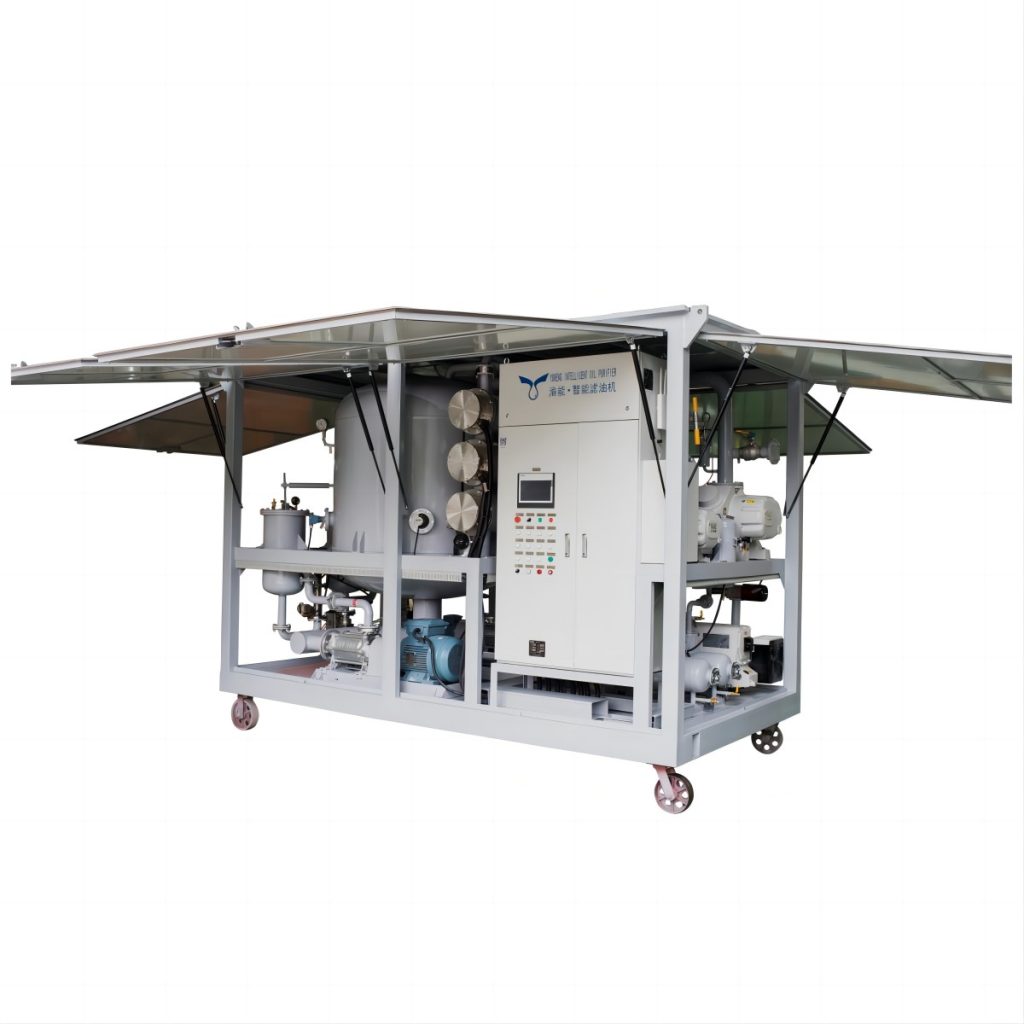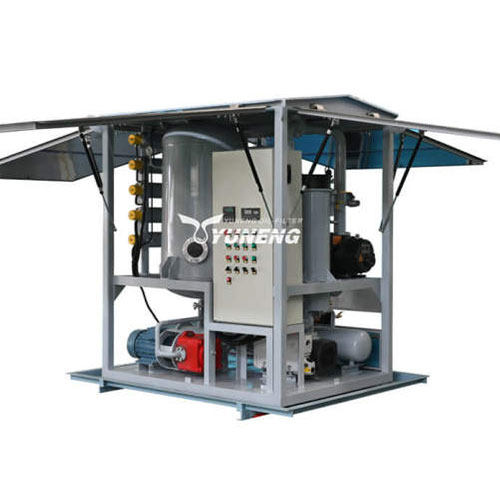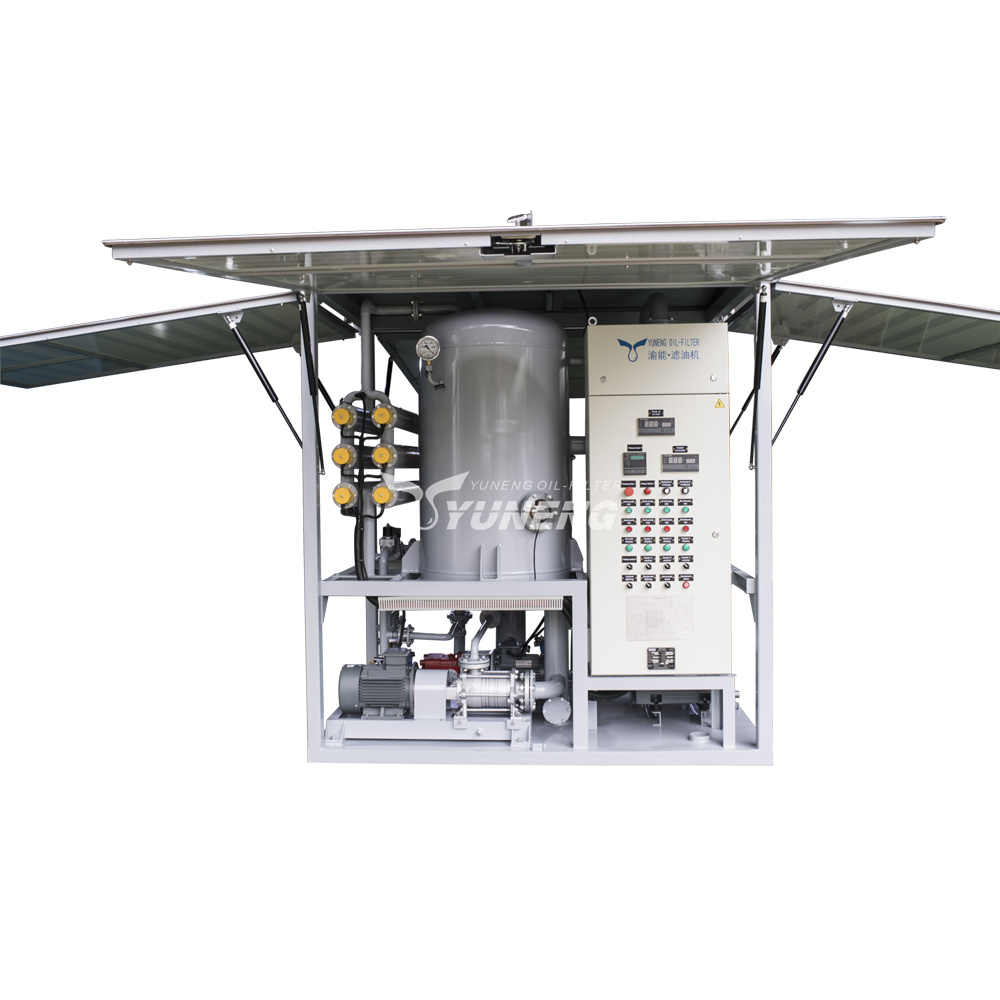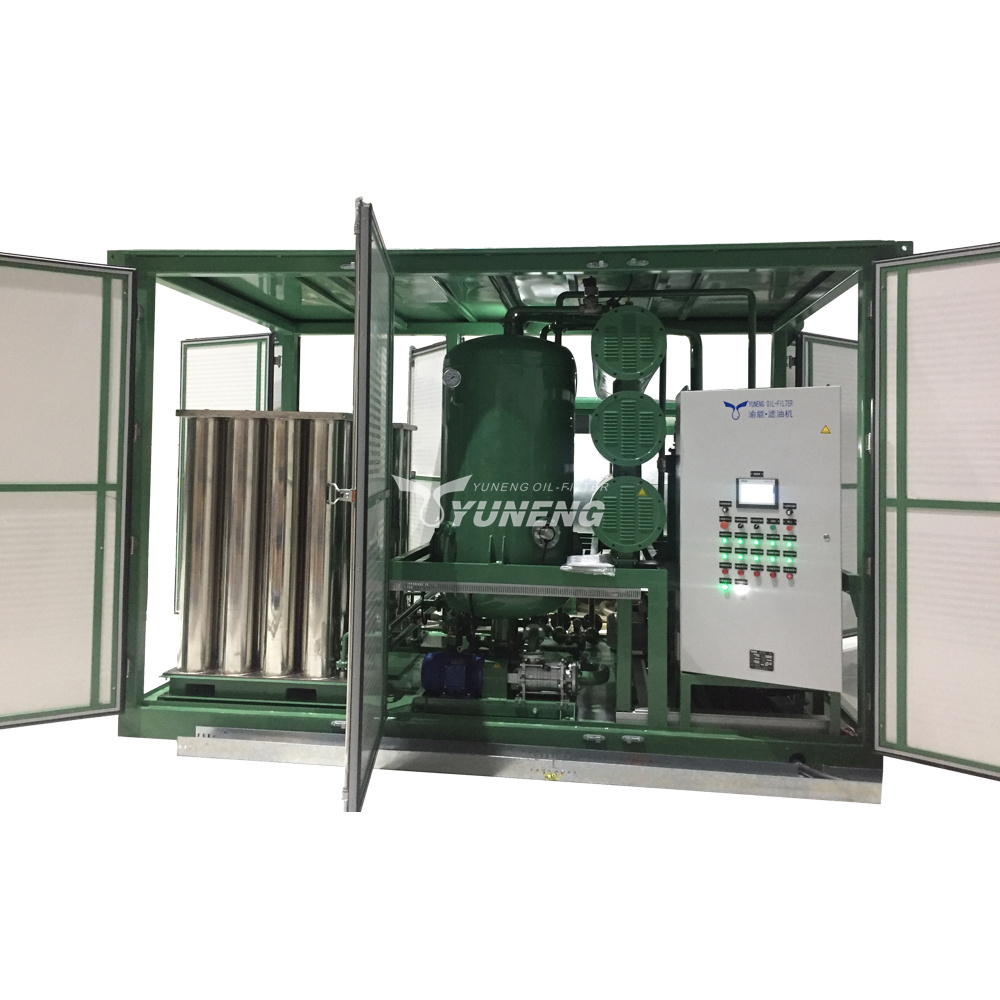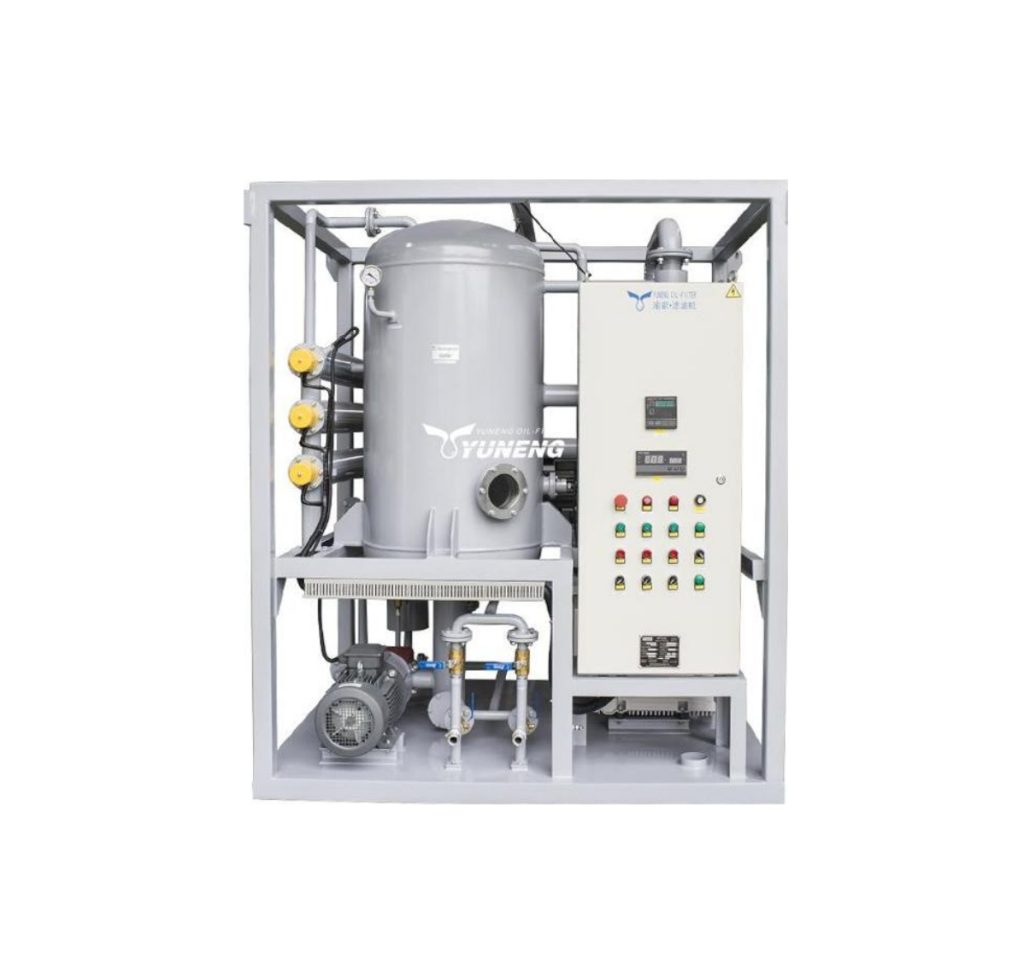Ensuring Transformer Longevity with Vacuum Oil Purifiers
Transformer oil plays a critical role in the smooth operation of power grids. This insulating liquid serves multiple purposes within transformers, including:
- Electrical Insulation: Transformer oil acts as a non-conductive barrier between high-voltage windings, preventing electrical current from flowing where it shouldn’t.
- Heat Dissipation: The oil absorbs heat generated by the transformer during operation, transferring it to external cooling systems.
- Arc Quenching: In some transformers, the oil extinguishes electrical arcs that might occur during normal operation or fault conditions.
To ensure optimal performance and safety within power systems, transformer oil requires consistent maintenance and quality control. Over time, the oil can become contaminated with various impurities that degrade its insulating properties and chemical stability. Here’s where vacuum oil purification systems come into play.
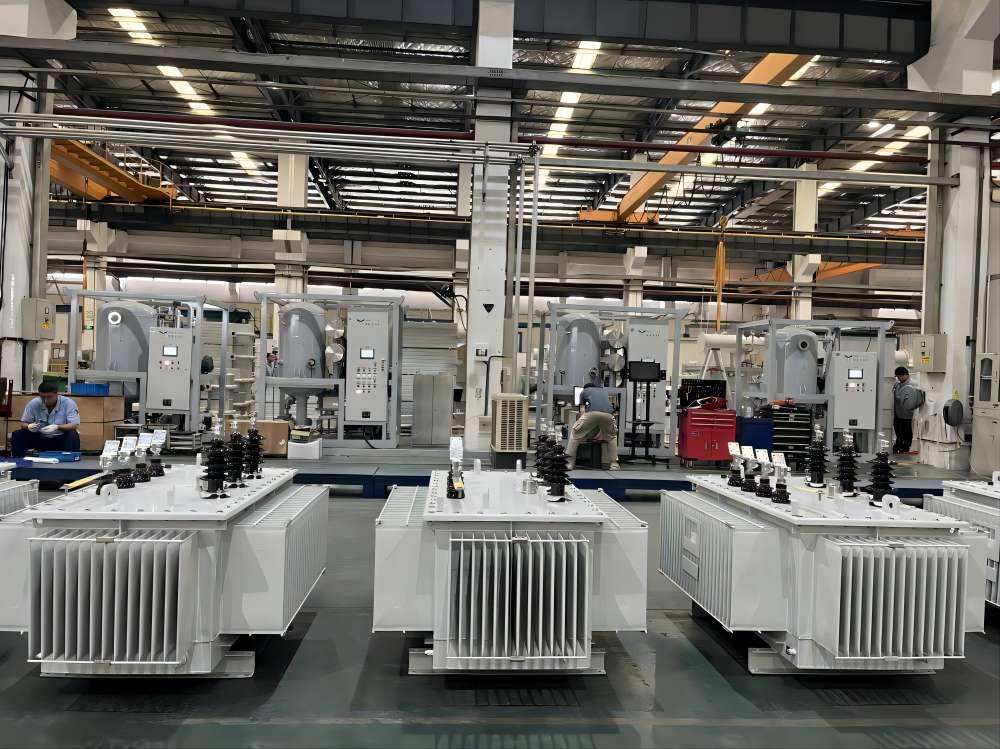
Understanding Vacuum Oil Purifiers
A vacuum oil purifier is a device designed to remove contaminants from transformer oil, enhancing its dielectric strength and cooling efficiency. These purifiers operate by utilizing vacuum technology to extract water, gases, and other impurities from the oil. There are various types of vacuum oil purifiers, including vacuum dehydration oil purification systems and vacuum transformer oil purifiers.
- Vacuum Dehydration Oil Purification System: This system specifically targets the removal of water from oil. By creating a vacuum, the system lowers the boiling point of water, allowing it to evaporate at lower temperatures. The evaporated water is then condensed and removed from the system. This method is highly effective in eliminating both dissolved and free water from transformer oil.
- Vacuum Transformer Oil Purifier: These purifiers are tailored to meet the specific needs of transformer oil, addressing not only water but also gases, solid particles, and chemical contaminants. Equipped with advanced filtration and degassing technologies, transformer vacuum oil purifiers ensure comprehensive purification.
What Contaminants Can be Removed by Vacuum Transformer Oil Purifiers
Transformer oil is susceptible to contamination from various sources. These contaminants can significantly compromise the oil’s insulating performance and chemical stability. Here’s a breakdown of the common culprits and their detrimental effects:
- Moisture (Water): Moisture ingress can occur during various stages, including manufacturing, transportation, storage, or even through breathing during operation. Dissolved and free water in the oil promotes its degradation and acidification. This reduces the oil’s dielectric strength, increasing the risk of electrical breakdowns within the transformer.
- Gases: Dissolved gases, such as hydrogen, methane, ethylene, and acetylene, can accumulate in the oil due to internal faults within the transformer. These gases can form bubbles that may lead to electrical discharges and equipment failure.
- Solid Particles: Solid contaminants like carbon particles (generated by arcing), metal particles (from component wear), fibers (insulation material degradation), dust, and dirt can enter the oil during various stages. The presence of these particles can hinder the oil’s insulating ability and potentially lead to short circuits.
- Acidic and Chemical Contaminants: Acids and other chemical contaminants can enter the oil during its service life or through the degradation process itself. These contaminants disrupt the oil’s chemical stability and accelerate its deterioration.
- Sludge and Aging Products: As the oil ages, it undergoes chemical reactions that generate sludge and other byproducts. Sludge accumulation significantly reduces the oil’s ability to insulate effectively.
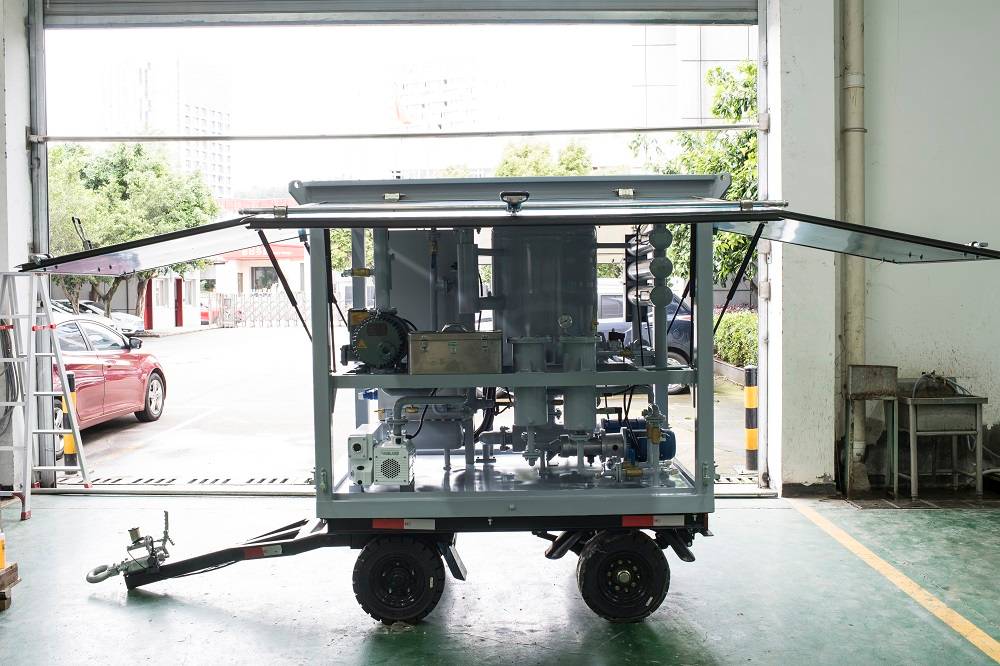
Common Solid Particle Contaminants in Transformer Oil
Solid particle impurities are common in transformer oil and can originate from multiple sources, affecting its insulating and cooling properties.
- Fiber Substances: These impurities often come from the aging of internal insulation materials or from external sources during manufacturing, transportation, and installation. Fiber debris can compromise the oil’s dielectric strength.
- Carbon Particles: Generated by arc burning during transformer operation, carbon particles can darken the oil and reduce its breakdown voltage. Removing these particles is crucial for maintaining the oil’s insulating properties.
- Metal Particles: Metals like copper and iron can enter the oil through electrical contact erosion or mechanical wear. These particles accelerate oil degradation and increase dielectric losses, highlighting the need for effective filtration.
- Dust and Dirt: External contaminants such as dust and dirt can enter the transformer oil during storage, transport, or installation. These impurities can adversely affect the oil’s performance and must be removed regularly.
- Oxides and Rust: High operating temperatures can cause the formation of oxides and rust, which are detrimental to the oil’s insulating properties. Removing these impurities helps maintain the oil’s effectiveness and prevents further degradation.
Chemical Reactions Leading to Oil Instability
Transformer oil undergoes various chemical reactions during its service life. These reactions, influenced by factors like oxygen, temperature, electrical fields, and the presence of contaminants, contribute to the oil’s instability.
- Oxidation and Decomposition: Oxidation reactions with oxygen (O2) lead to the formation of peroxides, alcohols, aldehydes, ketones, and acids. These oxidation products further react to form sludge, which significantly reduces the oil’s insulating properties and hinders heat dissipation within the transformer.
- Role of Oxygen (O2): As an unsaturated compound, oxygen readily combines with oxidizable substances in the oil, generating peroxides. These peroxides are highly unstable and can trigger further oxidation reactions, creating a vicious cycle that accelerates oil deterioration.
- Acidic Substances and Hydrogen Generation: Acids like formic acid can promote the production of hydrogen gas (H2), further accelerating the oil’s decomposition process.
- Sulfur Compounds: While sulfur compounds can cause metal corrosion within the transformer, their role in oil degradation is complex. They can act as peroxide inhibitors under certain conditions but may also promote oil aging in others.
Why Regular Transformer Oil Purification is Necessary
Transformer oil requires regular purification to remove contaminants and maintain its optimal performance. Here’s why this process is crucial:
- Maintaining Insulation Performance and Chemical Stability: Contamination by moisture, gases, and other impurities significantly degrades the oil’s ability to insulate and maintain its chemical stability. Regular purification removes these contaminants, ensuring the transformer operates safely and efficiently.
- Preventing Aging and Acidification: Moisture ingress accelerates the oil’s aging process and promotes acidification. This reduces the oil’s dielectric strength, increasing the risk of electrical faults and potential equipment failure.
- Eliminating Gas Bubbles: Dissolved gases can form bubbles within the oil, leading to electrical discharges and breakdowns. Vacuum oil purification effectively removes these dissolved gases, preventing bubble formation and ensuring safe operation.
- Extending Transformer Life and Reducing Maintenance Costs: Regular oil purification helps maintain the oil’s properties, preventing premature transformer failure and the associated repair or replacement costs. Additionally, it reduces the need for frequent oil testing and top-ups, lowering overall maintenance expenses.
- Enhancing Safety: Degraded oil poses safety hazards due to potential internal discharges, overheating, and even fire. Regular purification mitigates these risks by restoring the oil’s quality and ensuring safe transformer operation.
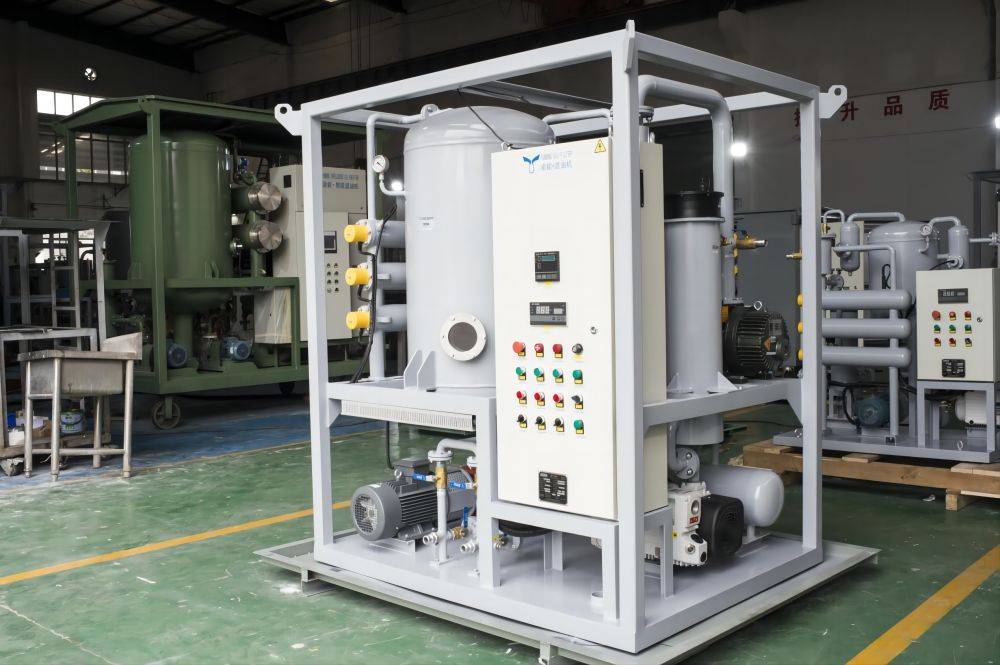
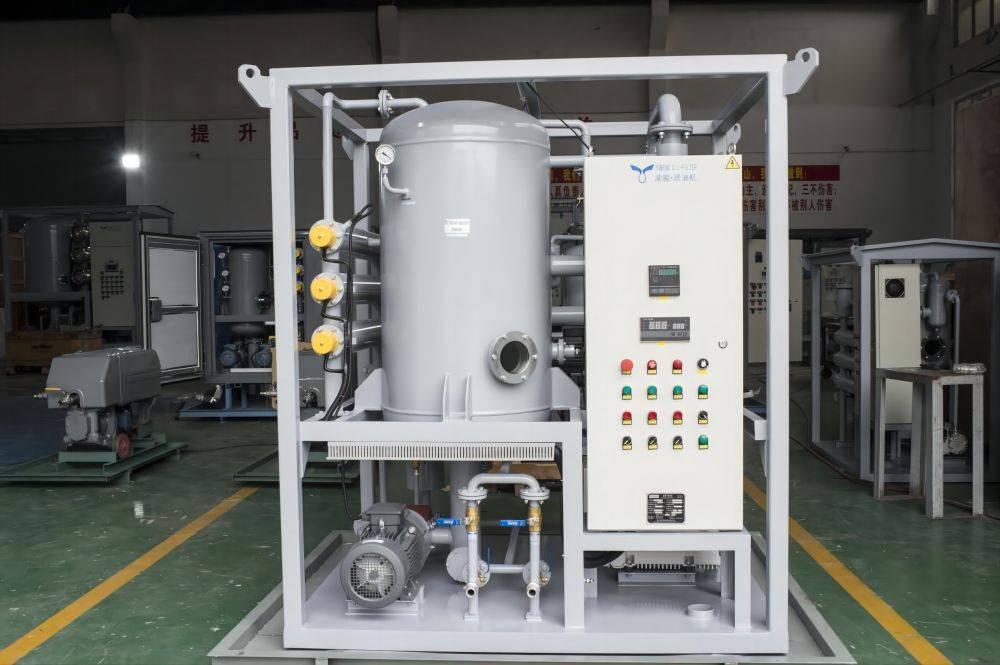
Yuneng’s Vacuum Transformer Oil Purifiers
Yuneng is a leading manufacturer of vacuum transformer oil purifiers, offering a range of products designed to meet the diverse needs of transformer maintenance. Their purifiers are known for their efficiency, reliability, and advanced technology.
Types of Yuneng’s Vacuum Transformer Oil Purifiers
- Single-Stage Vacuum Transformer Oil Purifier: Ideal for routine maintenance, this purifier effectively removes water, gases, and solid particles from transformer oil. It is designed for ease of use and quick operation, making it suitable for on-site purification.
- Double-Stage Vacuum Transformer Oil Purifier: For more demanding applications, Yuneng offers double-stage purifiers that provide enhanced dehydration and degassing capabilities. These units are equipped with dual vacuum chambers and advanced filtration systems, ensuring thorough purification of heavily contaminated oil.
- Mobile Vacuum Transformer Oil Purifier: Designed for flexibility and convenience, the mobile purifier can be easily transported to different sites. It offers the same high level of purification as stationary units, making it ideal for field operations and emergency maintenance.
- Integrated Transformer Oil Purifier and Regeneration System: This advanced system not only purifies but also regenerates transformer oil by removing acid, sludge, and other chemical contaminants. It restores the oil’s chemical stability and dielectric strength, extending its service life significantly.
Regardless of the chosen type, Yuneng’s vacuum transformer oil purifiers share several key functional advantages:
- High Working Vacuum: Their powerful vacuum pumps ensure efficient removal of moisture and dissolved gases from the oil.
- Fast Oil Filtering Speed: Multi-stage filtration systems enable rapid processing of oil, minimizing maintenance time.
- Oil Quality Protection: Advanced features like automatic temperature control and pressure monitoring safeguard the oil’s integrity during the purification process.
By selecting the appropriate Yuneng vacuum transformer oil purifier based on specific requirements, utility companies, and industrial facilities can effectively maintain the health of their transformers. Regular oil purification with Yuneng’s reliable and efficient systems contributes to the following:
- Extended transformer lifespan
- Enhanced operational efficiency of power systems
- Reduced maintenance costs
- Improved overall safety and reliability of the electrical grid

